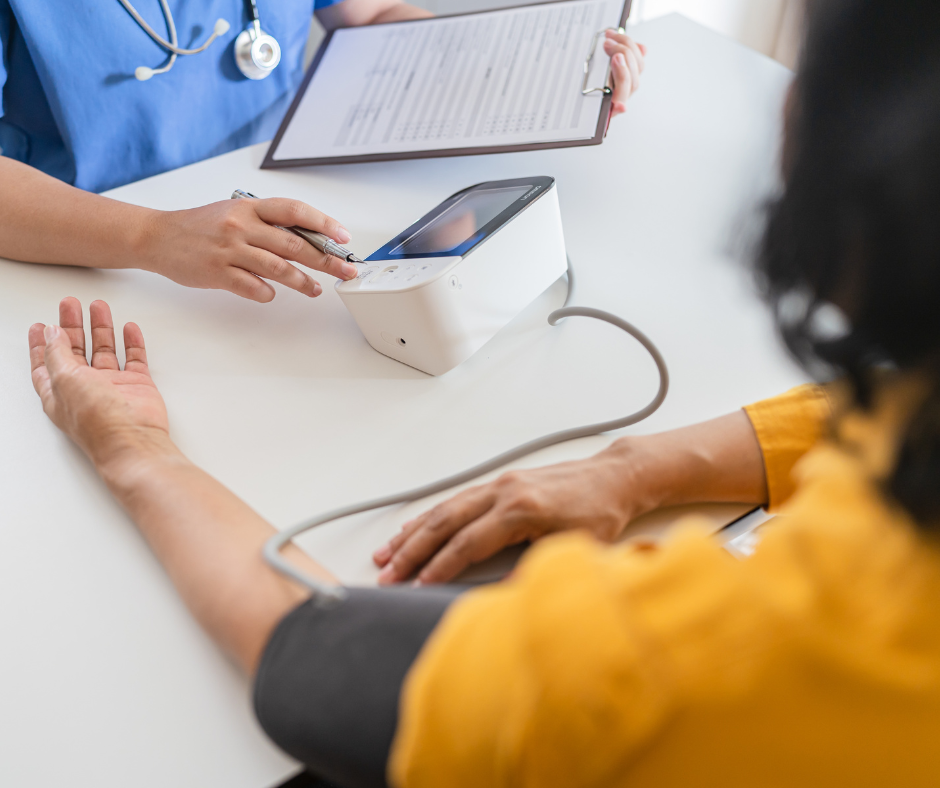
Summer is a time for relaxation, travel, and family—but it’s also when many of us ignore our health until it’s too late. At Dottore London, we believe prevention is better than cure. That’s why we offer comprehensive summer health checksto help you stay well before the holidays begin.
From routine blood tests and vital signs monitoring to ECGs and general wellbeing screenings, our private GPs tailor each appointment to your individual needs. Whether you’re heading abroad, planning long journeys, or simply want peace of mind before taking time off, now is the perfect time to check in with your health.
Did you know that heat, stress, and irregular routines can all impact your immune system and blood pressure? Our clinicians are experienced in helping both adults and children stay on top of their health during seasonal transitions.
Booking is simple, with same-day appointments available in our Holborn clinic. We also offer medical certificates for travel and camps, including those required for non-competitive sports in Italy.
👉 Learn more about our Health Check
👉 Need a certificate for camp? Check out Medical Certificates
Don’t wait until you’re unwell—book your summer health check today and enjoy your holidays with confidence.

Why Every UK Company Should Offer a Corporate Health Check in 2025.
In an increasingly competitive and fast-paced work environment, investing in your team’s health isn’t a luxury – it’s a necessity. With rising absenteeism and long-term sick leave affecting businesses across the UK, corporate health checks have emerged as a powerful preventive tool.
Recent data shows that UK employers lose billions annually due to sickness-related absences. Many of these conditions are preventable if caught early.
The ROI of Preventive Health Checks
From heart disease to diabetes, routine screenings can identify risks early. The cost of prevention is significantly lower than the cost of late treatment or extended leave.

The ROI of Preventive Health Checks
From heart disease to diabetes, routine screenings can identify risks early. The cost of prevention is significantly lower than the cost of late treatment or extended leave.
Key Benefits for Employers:
Improved team morale and performance
Reduced absenteeism
Increased productivity
Greater staff retention
Case Study: SMEs in London
A growing number of small and mid-sized businesses are investing in annual checks and seeing real results – fewer sick days, happier staff, and increased output.
Partnering with Dottore London
Our bespoke corporate packages are tailored to the needs of your business and workforce. Book on-site, in-clinic, or hybrid services with full reporting and guidance. Contact us now.
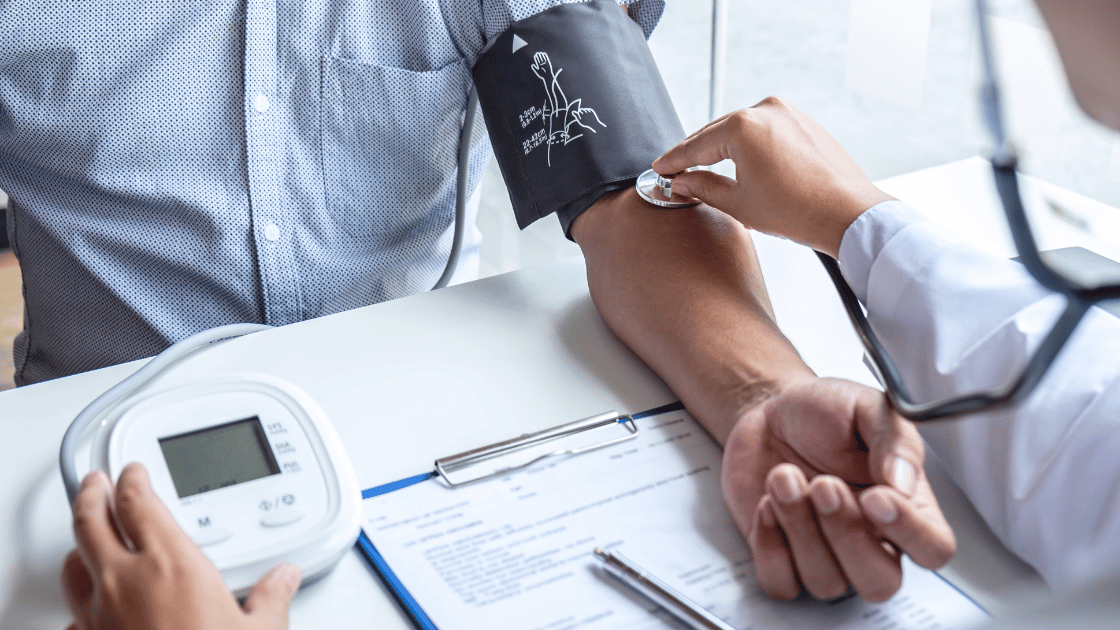
Before you head off on your well-earned summer break, take a moment to check in with your health. At Dottore London, we offer preventative care that ensures you’re ready to enjoy your holiday in good shape—physically, mentally, and emotionally.
Whether you’re planning a long-haul adventure or a relaxing staycation, a summer health check is one of the most effective ways to spot potential issues before they become disruptive.
Why Prioritise Your Health Before Summer?

Your body might be feeling the effects of a long, busy year. As a result, preparing for summer with a wellness screeninghelps you reset and recharge. Here’s why it matters:
- Travel preparation: A pre-holiday health check ensures you’re ready for flights, heat, and long travel days.
- Detect early signs: Many conditions—such as iron deficiency, high blood pressure, or hormone imbalance—are silent until they cause discomfort.
- Support energy levels: By identifying nutrient gaps or stress markers, we help you feel your best when it matters most.
- Minimise risk while abroad: For those travelling internationally, a travel health check helps prevent medical surprises far from home.
Key Checks to Include in Your Summer Health Assessment
We recommend a personalised combination of tests and consultations, based on your lifestyle and travel plans.
Blood Tests: Know What’s Happening Internally
A comprehensive blood test panel will screen for:
- Vitamin D, iron, B12
- Glucose, cholesterol, thyroid function
- Hormone balance and inflammation markers
These indicators offer powerful insights into fatigue, immune response, and general wellbeing.
Cardiovascular Review: Don’t Miss the Signs
Our health screenings include blood pressure checks and heart health assessments—especially relevant for anyone over 30, or with a family history of heart disease.
Skin Health: Sun-Safe Starts with Awareness
Heading into the sunny season? A dermatology consultation can review moles, pigmentation, or any skin changes that may require attention. Early detection is key.
Gender-Specific Wellness: Tailored for You
Your health needs are unique. That’s why we offer:
- Women’s Health Check: including hormone testing, cervical screening, breast health
- Men’s Health Check: covering prostate, testosterone, heart and metabolic risk
Both packages are designed to give you clear, actionable insights.
Five Everyday Health Habits for a Better Summer

Even small changes can make a big difference before and during your holidays. Consider these simple but effective adjustments:
- Hydrate more than usual, particularly during hot weather or air travel.
- Limit alcohol and caffeine, which can interfere with hydration and sleep.
- Add movement into your routine—short walks, stretching or yoga are great travel companions.
- Prioritise sleep, even when your schedule is disrupted.
- Support your body with supplements, such as magnesium or vitamin D (especially if you’re often indoors).
Book Your Summer Health Check Today
Dottore London offers fast, comprehensive health check packages tailored to your needs and travel plans. Whether you need a private GP consultation, pre-travel screening, or simply peace of mind, we’re here to help you feel your best this summer.
Visit www.dottorelondon.com to book your appointment, or contact our team for a personalised recommendation.

Anxiety isn’t the problem—it’s a signal that something needs attention.
We often think of anxiety as something to get rid of, but it’s actually a message from your mind and body. There are two main types of anxiety, and understanding the difference can be an important first step.
Healthy (Adaptive) Anxiety
This is the kind of anxiety that helps you stay focused and alert when you’re facing a challenge—like an exam, a job interview, or a tough conversation. It’s your brain’s way of keeping you sharp and prepared. This kind of anxiety is normal and even helpful.
Problematic (Pathological) Anxiety
This type of anxiety goes beyond what’s helpful. It can make you feel overwhelmed, on edge, or constantly worried—even when there’s no real danger. Everyday situations can feel threatening, and you may find yourself overthinking, avoiding things, or feeling stuck in a loop of fear. This kind of anxiety can seriously affect your quality of life.
Sometimes, trying to avoid or “get rid of” these feelings only makes things worse—like digging a deeper hole when what you really need is a ladder. That’s why it’s important to understand and manage anxiety rather than fight it.
A Deeper Look: Why Anxiety Shows Up
From a psychological (psychodynamic) point of view, anxiety often comes from a conflict between what you feel or want deep down and what you think you should do based on rules, expectations, or past experiences. Your mind, like a pressure system, tries to keep everything in balance—but when emotions get blocked or pushed aside, anxiety can build up.
Some people try to cope by becoming very rigid or overly controlled—but this often backfires. The goal isn’t to suppress anxiety, but to understand what’s behind it and learn healthier ways to respond.
How Can I Get Better?
Working through anxiety involves developing a stronger sense of self and building certain emotional and mental skills:
- Seeing situations more clearly (reality testing)
- Having a balanced view of yourself
- Knowing where you are in the present moment
- Making good decisions
- Managing urges or impulses
- Handling frustration
- Coping with inner conflicts and emotions in healthy ways
With these tools, you’ll be better able to balance your own needs and goals with the demands of the world around you—without letting anxiety take control. Learn more about our psychology services here.
A Practical Approach: The Cognitive-Behavioral View
From a cognitive-behavioral perspective, anxiety happens because your brain sees the world as a dangerous place. You may find yourself constantly scanning for threats or trying to prevent problems before they happen. But this constant checking and worrying can wear you down—and keep the anxiety going.
A Helpful Metaphor: The Hole and the Shovel (Hayes, 2009)
“Imagine you’ve fallen into a deep hole, and all you have is a shovel. Not knowing what else to do, you start digging—but that just makes the hole deeper. What if, instead, you paused and asked for help or found another way out?”
This is what happens when we try to escape anxiety at all costs. The more we struggle, the more stuck we feel. But if we pause, accept, and learn from our feelings, we can find a new path—often with the guidance of a therapist or specialist.
Final Thoughts
Learning to accept and understand your anxiety is the first step toward taking back control. It’s not about pretending it’s not there—it’s about not letting it run your life.
With the right support and strategies, you can begin to:
- Let go of unhelpful coping habits
- Feel more in control
- Build a healthier, more peaceful relationship with yourself
You don’t have to go through this alone. A mental health professional can help you understand your anxiety, explore where it comes from, and find new ways to manage it. Learn more about our psychology services here.
Written by Dr. Eleonora Bolla & Dr. Silvia Riva
KETOGENIC DIET

Thinking About the Ketogenic Diet to Lose Weight?
A message from our nutritionist, Ilaria Carandente
More and more people are turning to the ketogenic diet (or keto diet) because it promises fast weight loss. But before starting this type of diet, it’s important to understand what it actually involves—and what risks it may carry.
What is the Ketogenic Diet?
The ketogenic diet is very high in fat (70–80% of total calories) and extremely low in carbohydrates. The idea is to push your body into a state called ketosis, where it burns fat (and substances called ketones) for energy instead of sugar (glucose) from carbs.
This means the diet mainly includes:
- Fatty meats
- Cheese
- Cream, butter, and animal fats
- Vegetable oils
- Nuts and seeds
- Eggs
- Fish
- Tofu
And excludes almost all carbs, including:
- Bread, pasta, rice, cereals
- Fruit and starchy vegetables
- Legumes (beans, lentils, peas)
The goal? To force your body to burn fat for energy.
Why Do So Many People Choose It?
- It can lead to quick weight loss
- You get to eat rich, high-fat foods
- You avoid fruit and vegetables, which some people find less appealing
On the surface, this might sound ideal—but there’s a lot that isn’t being said.
Important Things You Might Not Hear About the Keto Diet
Many promoters of this diet (often with financial interests) don’t talk about the side effects or the long-term consequences. Here’s what you need to know:
1. Keto Flu
This is your body’s reaction to losing carbs. It can cause:
- Headache
- Fatigue
- Fast heartbeat
- Brain fog
- Bad breath
- Poor sleep
- Nausea
- Muscle cramps
2. Dehydration and Kidney Stress
In ketosis, your body loses a lot of fluids. Over time, this can lead to dehydration and kidney issues, especially if you’re not careful.
3. Heart Concerns
Fluid loss means losing key electrolytes (like sodium, potassium, and magnesium). If this continues, it can affect your heart rhythm.
4. Digestive Problems
The high fat intake can lead to:
- Diarrhea (from too much bile production)
- Constipation (from lack of fiber in fruits, vegetables, legumes, and whole grains)
5. Vitamin Deficiencies
Cutting out fruits, vegetables, and legumes can cause lack of essential vitamins and nutrients.
6. Mood Swings and Cravings
Low-carb diets may reduce serotonin, a brain chemical that helps regulate mood. This can lead to:
- Mood instability
- Emotional eating or food cravings
Is Ketosis Really Healthy?
It’s worth knowing that ketosis is a state that can occur naturally in serious illnesses. That’s why some experts have called the keto diet a “make-yourself-sick diet.”
Another concern is that the keto diet often includes large amounts of fatty meats and cheeses—foods linked to heart disease and chronic illness, the leading causes of death and disability today.
The Bottom Line: Why Health Professionals Are Cautious
While the keto diet may seem tempting, it is:
- Highly restrictive and imbalanced
- Difficult to stick with long term
- Physically and socially unsustainable for most people
- Potentially harmful to your health if not medically supervised
✅ A Better Alternative: A Balanced Diet
A balanced, varied diet:
- Supports all your body’s natural functions
- Helps you lose weight safely and gradually
- Doesn’t place your body under unnecessary stress
- Is easier to maintain long term
- Nourishes your body, rather than depriving it
Choosing a sustainable, healthy eating plan is not only better for your weight—it’s better for your whole life.
For personalized advice, talk to a registered nutritionist or dietitian. We’re here to help you find the best approach for your health and lifestyle.
By our nutritionist, Ilaria Carandente
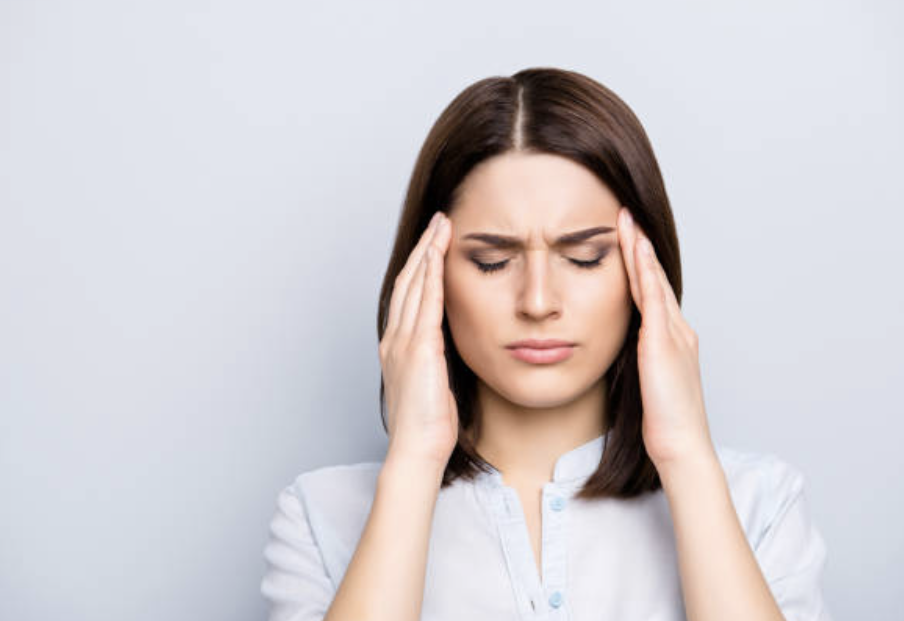
By Dr. Francesca Puledda
What is Migraine?
Migraine is a common type of headache that isn’t caused by another illness—it’s what’s called a primary headache disorder. It’s actually the third most common disease in the world, affecting over one billion people globally, including around 10 million people in the UK.
Migraine is three times more common in women than in men and can begin at any age, though it often starts around puberty. Children can also suffer from migraines—sometimes they may not complain of a headache, but instead show signs like nausea, stomach pain, or fatigue, which can make diagnosis trickier.
What Causes It?
We still don’t fully understand the exact cause of migraine, but we know it’s linked to:
- A genetic predisposition
- An altered way the brain processes pain and sensory signals
- External triggers such as:
- Lack of sleep
- Stress
- Skipping meals or hunger
What Does a Migraine Feel Like?
A migraine attack usually causes moderate to severe pain that can:
- Last between 4 hours to 3 days
- Affect one side of the head (but sometimes the whole head)
- Worsen with movement
Other common symptoms during an attack include:
- Sensitivity to light, sound, and smells
- Nausea or vomiting
- Feeling tired, foggy, or moody
- Trouble with concentration or appetite
- Sometimes dizziness
What is an Aura?
In about one-third of people, migraines may be preceded or accompanied by “aura”, a temporary change in senses, like:
- Visual changes (e.g., flashing lights, blind spots)
- Tingling or numbness
- Speech or language difficulties
How is Migraine Treated?
Migraine treatment is usually split into two types:
1. Acute (Attack) Treatment
This is used during a migraine to relieve pain and other symptoms.
But caution! Using these medications too often (more than 2 days a month) can cause a condition called medication-overuse headache, where headaches become more frequent over time.
2. Preventive (Long-Term) Treatment
This is recommended if:
- You have 3–4 or more attacks a month
- Your migraines are very disabling
The goal is to reduce how often migraines happen and to prevent the condition from becoming chronic (where symptoms occur on more than half the days in a month).
There are several effective medications for prevention. Non-drug approaches, like lifestyle changes, relaxation techniques, or physical therapies, can also help and should be tailored to each person.
What’s New in Migraine Care?
In recent years, exciting progress has been made in migraine treatment. New medications have been developed that target a specific molecule in the body called CGRP (Calcitonin Gene-Related Peptide), which plays a role in migraine pain. These treatments have already helped many patients find relief.
Takeaway Message
If you’re struggling with frequent or intense headaches, know that migraine is a real, treatable condition. With the right care plan—often a combination of medication and lifestyle adjustments—you can significantly improve your quality of life.
Speak with a healthcare provider if you think you may have migraines. You don’t have to suffer in silence—help is available.
By Dr. Francesca Puledda
Pain during sex? You’re not alone.

Many people with vaginas experience difficulty during sex, especially when it comes to penetration. What used to be called “vaginismus” (a condition where the vaginal muscles involuntarily tighten and prevent penetration) is now more accurately described as:
Genito-Pelvic Pain/Penetration Disorder, or GPPPD.
What is GPPPD?
This is a condition that involves pain or difficulty related to vaginal penetration, and it can show up in different ways:
- Pain in the pelvic or vaginal area during penetration or even just the attempt
- Involuntary tightening of the pelvic floor muscles when penetration is attempted
- Intense anxiety or fear of pain related to vaginal penetration
According to medical guidelines, a diagnosis of GPPPD is made when at least one of these symptoms has been present for at least six months and causes emotional or physical distress.
What causes it?
There isn’t just one cause. In fact, it’s often a combination of different factors:
- Physical causes (such as infections, endometriosis, muscle or nerve problems)
- Psychological or emotional causes (anxiety, past trauma, negative experiences)
- Relational or cultural causes (fear of sex, relationship stress, social pressure)
Each case is unique. That’s why getting a full and compassionate evaluation is so important.
How common is it?
Because of stigma and discomfort in talking about sex, many people don’t seek help. But it’s estimated that up to 15% of people with vaginas may experience this condition at some point in their lives.
What can you do?
The most important thing to know is: this condition is treatable. It may take time and the support of trained professionals, but recovery is absolutely possible.
Your first step should be to speak with a healthcare provider—a gynecologist, sex therapist, or pelvic health specialist. They can help identify whether the issue is physical, psychological, or a mix of both.
Treatment might include:
- Pelvic floor physical therapy using guided exercises and vaginal dilators
- Sex therapy or psychological counseling, to address fear, trauma, or anxiety
- Couples therapy, when needed, to improve communication and support
What about my relationship?
When sex becomes difficult or painful, it can affect a relationship—but it doesn’t have to damage it. Here are some important things to remember:
- It’s not your fault, and it’s not your partner’s either
- Honest, compassionate communication can make your bond even stronger
- Sex is about so much more than just penetration—there are many ways to experience intimacy and pleasure
While you’re going through treatment, this can be a chance to reconnect with your body and explore other forms of intimacy: kissing, touching, oral stimulation, manual or anal play, or using sex toys if you wish.
Asking for help is a sign of strength
Living with sexual pain or fear isn’t something you have to accept.
You are not alone. And you are not broken.
With the right care and support, you can reclaim a pleasurable, confident, and empowered relationship with your body and sexuality.
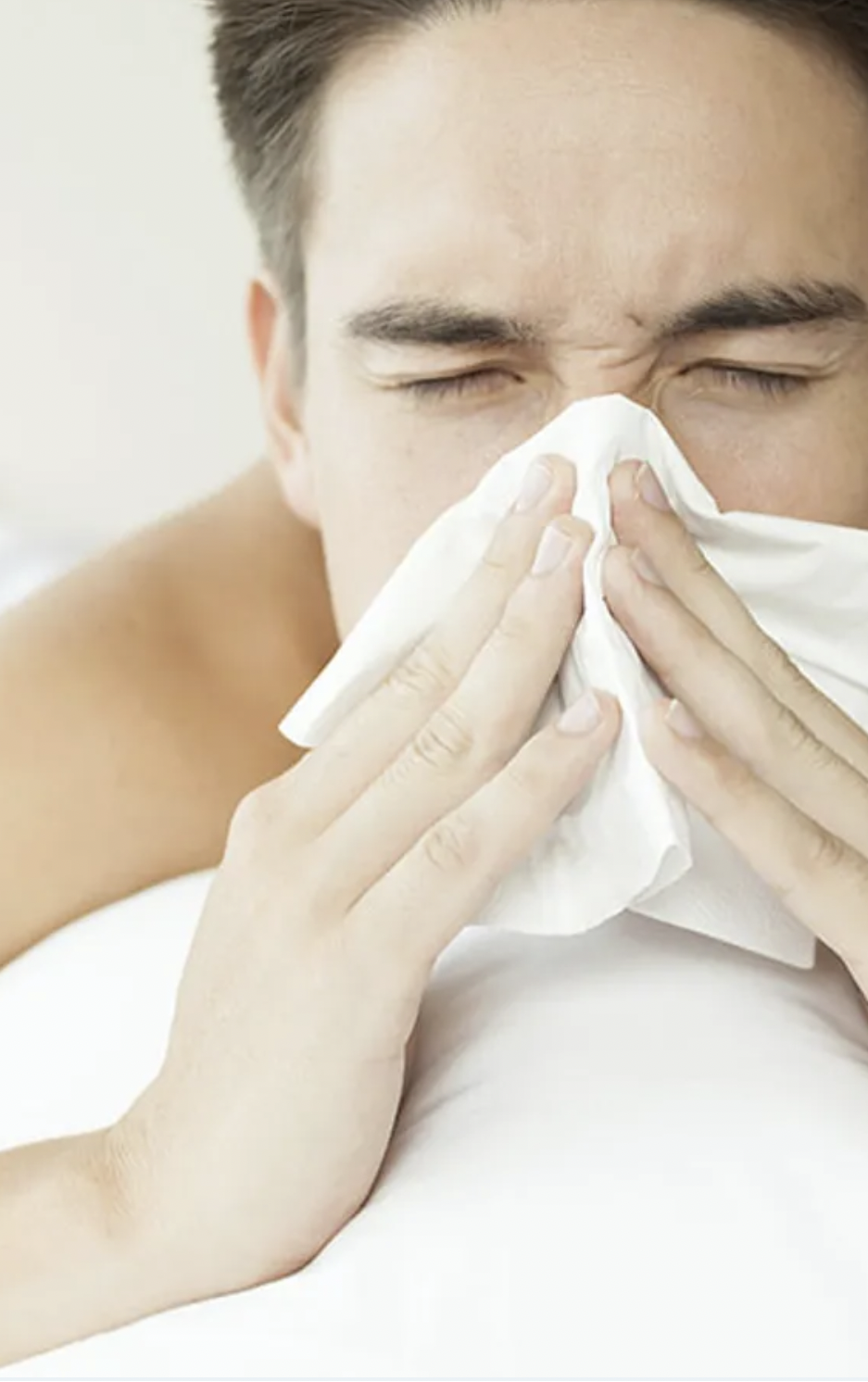
Nasal decongestants are medications used to relieve nasal congestion, and they’re commonly available in spray or drop form.
In the UK, these are available over the counter (without a prescription), and are usually labeled as:
- “Sinusitis nasal relief”
- “Blocked nose relief”
Most common active ingredients
The most common active ingredients include:
- Naphazoline
- Ephedrine
- Pseudoephedrine
- Oxymetazoline
- Phenylephrine
- And others
How do they work?
These medications act very quickly on the nasal mucosa. They are sympathomimetic agents, meaning they mimic the effects of adrenaline on your body.
They work by narrowing the blood vessels in the nose. This reduces blood flow in the area and helps reduce the swelling that causes the feeling of a blocked nose.
✅ Result: Almost immediate relief.
Side effects of nasal decongestants
Although these medications are generally well tolerated, they are recommended only for adults, and should be used only for short periods of time (7–10 days maximum), especially in cases like:
- Heavy colds
- Allergies
- Sinusitis
- Nasal polyps
- Sleep apnea
❗ Overuse or long-term use can lead to:
- Rebound congestion (where the symptoms return even worse)
- Dependence, meaning you can no longer breathe well without them
Other possible side effects include:
- Headache
- High blood pressure
- Fast heart rate (tachycardia)
- Dry nasal passages and painful crusts
- Medication-induced rhinitis (rhinitis medicamentosa)
- In severe cases, nasal septum perforation
What if I’ve become dependent?
Once dependency is established, it can be very hard to stop on your own. In that case, it’s best to consult an ENT (ear, nose, and throat) specialist.
Who should avoid these medications?
Nasal decongestants are not recommended in the following cases:
- Pregnancy
- Heart conditions (especially high blood pressure)
- Children
- Glaucoma
- Hyperthyroidism
- Migraines
It’s always best to read the information leaflet inside the package, or ask your pharmacist before using.
🩺 By Dr. Chiara Cerovac, ENT Specialist
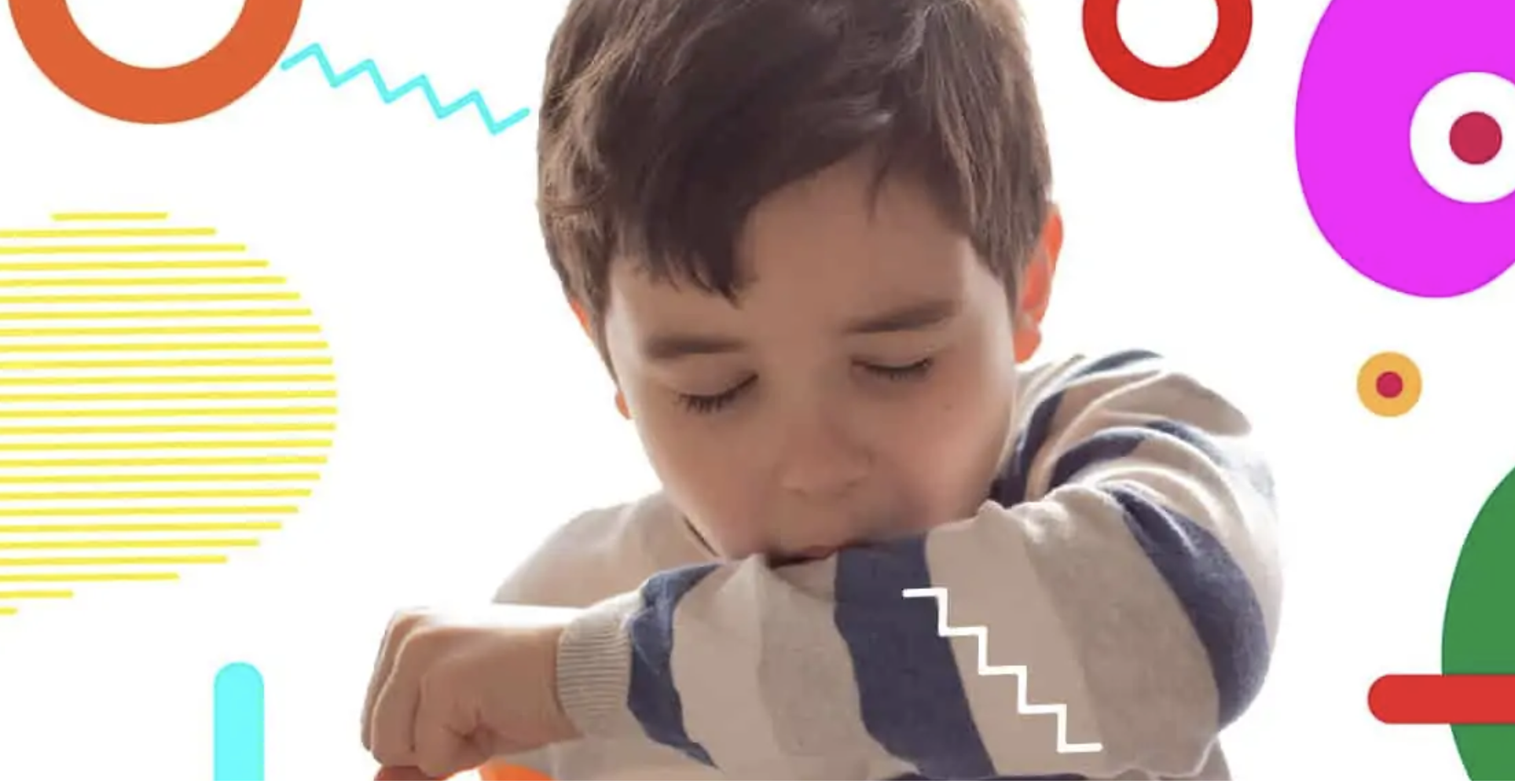
If a child is breathing rapidly, coughing frequently, and makes a whistling sound when exhaling, it is likely a case of bronchospasm (also known as wheezing). This is a fairly common condition, especially in preschool-aged children.
Depending on the child’s age, the most frequent causes of bronchospasm include:
- Bronchiolitis
- Viral wheezing (asthmatic bronchitis)
- Asthma
Let’s take a closer look at how to recognize them, what treatments are recommended, and how to prevent them when possible.
What causes bronchospasm?
Bronchospasm is caused by the contraction of the smooth muscles in the airway walls. Younger children are more prone to bronchospasm, mainly because their airways are narrower than those of older children or adults.
Main symptoms of bronchospasm in children:
- Cough
- Difficulty breathing (shortness of breath, or dyspnea) and rapid breathing
- Whistling or wheezing sound during exhalation
- Tightness in the chest (less common in young children)
Bronchiolitis
This is a common viral infection in the first year of life. It causes inflammation of the small airways (bronchioles) in the lungs. It usually starts as a cold, and after a few days, symptoms like cough, wheezing, and labored breathing appear.
In most cases, bronchiolitis is mild and can be managed at home after a doctor’s evaluation. Key tips include:
- Ensuring the child stays hydrated (e.g., offering smaller but more frequent feeds)
- Seeking medical attention again if symptoms worsen or the child is not feeding well
Viral Wheezing (Asthmatic Bronchitis)
This is a viral infection that typically affects preschool children (under 6 years) and causes inflammation of the bronchi. Symptoms include:
- Cold-like symptoms
- Wheezing and difficulty breathing
Unlike bronchiolitis, viral wheezing often responds to bronchodilator treatment, such as:
- Inhaled salbutamol (via puffer or nebulizer)
- Oral corticosteroids in more severe cases
Medical evaluation is important, especially during the first episode. Seek urgent care (ER) if the child is breathing very fast or shows signs of significant respiratory distress.
Some children may need hospitalization in severe cases.
Wheezing Beyond Infections
A small number of preschool children may wheeze even when they’re not sick, or during physical activity. In these cases, doctors may recommend:
- Inhaled steroids (used with salbutamol during episodes or as a preventative)
- Oral anti-leukotrienes
These children may later develop allergic asthma in school age.
Allergic Asthma
This is the most common cause of bronchospasm in school-aged children. It involves chronic inflammation of the bronchi, which can be triggered by:
- Allergens (e.g., dust mites, pollen, pet dander)
- Exercise
- Cold air
- Passive smoke
- Strong emotions (intense laughter or crying)
Treatment usually includes:
- Short- and long-acting bronchodilators
- Inhaled corticosteroids
Prevention Tips
- Avoid exposure to passive smoke—a major airway irritant.
- Reduce air pollution exposure whenever possible.
- For children with allergic asthma:
- Identify the allergen (e.g., through skin prick tests)
- Limit exposure (e.g., dust-mite-proof bedding for dust allergy)
- Keep your home dry and mold-free to better control asthma symptoms.
🩺 This article is based on insights from our pediatrician, Dr. Michele Arigliani.

We talk about it with our pediatrician Dr. Michele Arigliani
When can a child take their first flight? Will their ears hurt? What if they cry?
These are common concerns among new parents when planning a vacation that involves flying.
Can a young baby fly?
Yes. Even very young infants—even just a few months old—can generally fly safely. If the baby was born full-term, it is typically recommended to wait until they reach at least 41 weeks of gestational age before flying.
There are no absolute contraindications related to cabin pressurization for healthy infants.
Why do ears hurt on a plane?
The sensation of ears “popping” or feeling blocked comes from pressure changes in the cabin, especially during takeoff and landing (more often the latter). When the pressure inside the ear doesn’t match the pressure outside, it can cause temporary blockage and even pain.
This discomfort is usually worse if the child has nasal congestion or an ear infection (otitis).
If a bacterial ear infection is already being treated with antibiotics, the child can still fly, but it’s a good idea to give a pain reliever (e.g., ibuprofen) about 1 hour before takeoff.
What can adults do?
Adults often relieve pressure by yawning, swallowing, or performing the Valsalva maneuver (closing mouth and nose and gently blowing).
This opens the Eustachian tubes, which connect the middle ear to the back of the nose.
But for young children, this isn’t so easy—so here are some helpful tricks for babies and kids during descent and landing:
Tips to reduce ear pain in children when flying:
- Offer fluids to drink – including breastfeeding for infants.
Swallowing helps open the Eustachian tubes and equalize pressure. - Let them suck on something – a pacifier, hard candy, or, for kids over 6 years old, chewing gum.
- If the child has a stuffy nose, consult a doctor beforehand. If recommended, give:
- A saline nasal spray (especially for infants)
- A nasal decongestant (for older children) before the flight
- If ear pain persists for many hours after landing, a medical check-up is recommended to rule out ear drum damage, though this is very rare.
✈️ With a few simple strategies and a bit of preparation, air travel with children can be made much more comfortable—for them and for you!
